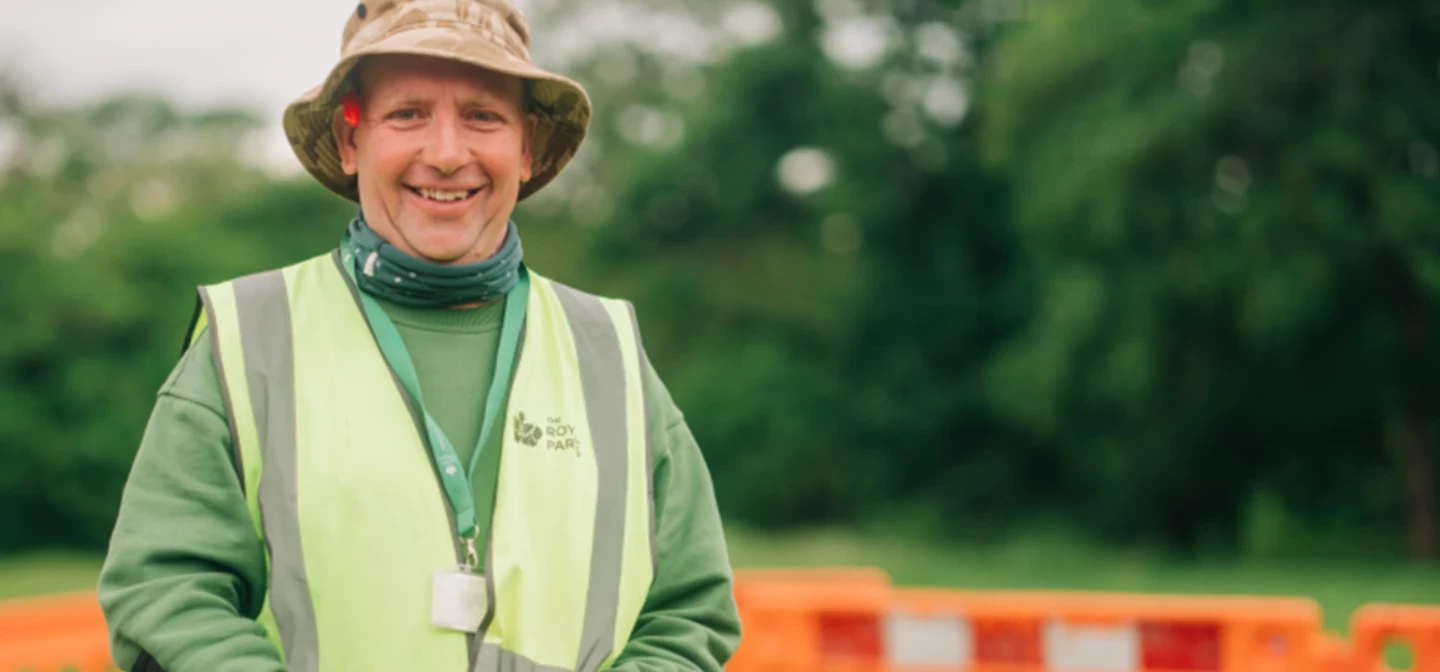
Greenwich Park: An Archaeologist's Diary
Andrew Mayfield, our new community archaeologist – and the first in-house archaeologist ever to be appointed at The Royal Parks –will take us time travelling over the next four years, by delivering community activities and exciting digs in the park to uncover its archaeological secrets.
He shares his diary of his wanders around the park to reveal its fascinating past…
Day 1
Where are you?
Standing in front of the Royal Observatory, also the site of a Tudor Tower and Greenwich Castle! Incredibly the foundations of Flamsteed House, now part of the Royal Observatory (well worth a visit), sit on the remains of the medieval Castle. Sir Christopher Wren was the architect of the Royal Observatory, which dates to 1675, built during the reign of Charles II.
What are we looking at?
The Queen’s House, the Thames and Canary Wharf. In front of the Queen’s House is the parterre, a later seventeenth century landscape feature that we will be restoring as part of Greenwich Park Revealed.
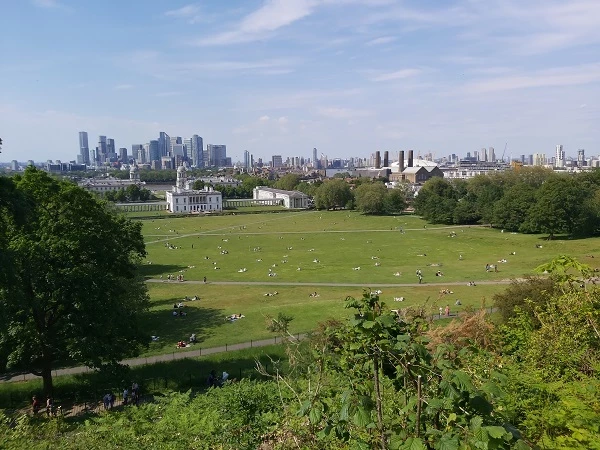
Day 2
Where are you?
Standing in front of one of the oldest known archaeological sites in the Park, the Roman Temple!
What are we looking at?
The mound in front of us is part of a scheduled archaeological site in the park. Scheduled sites are considered to be of national importance and there are THREE here - the other two scheduled sites of national importance being the Royal Observatory and the Anglo-Saxon barrows.
The Romano-Celtic Temple that once stood on this site, was built and in use by AD100 and remained in use until c.AD400. It is also possible that a Roman road branched through the park, on its way to London, passing our Temple.
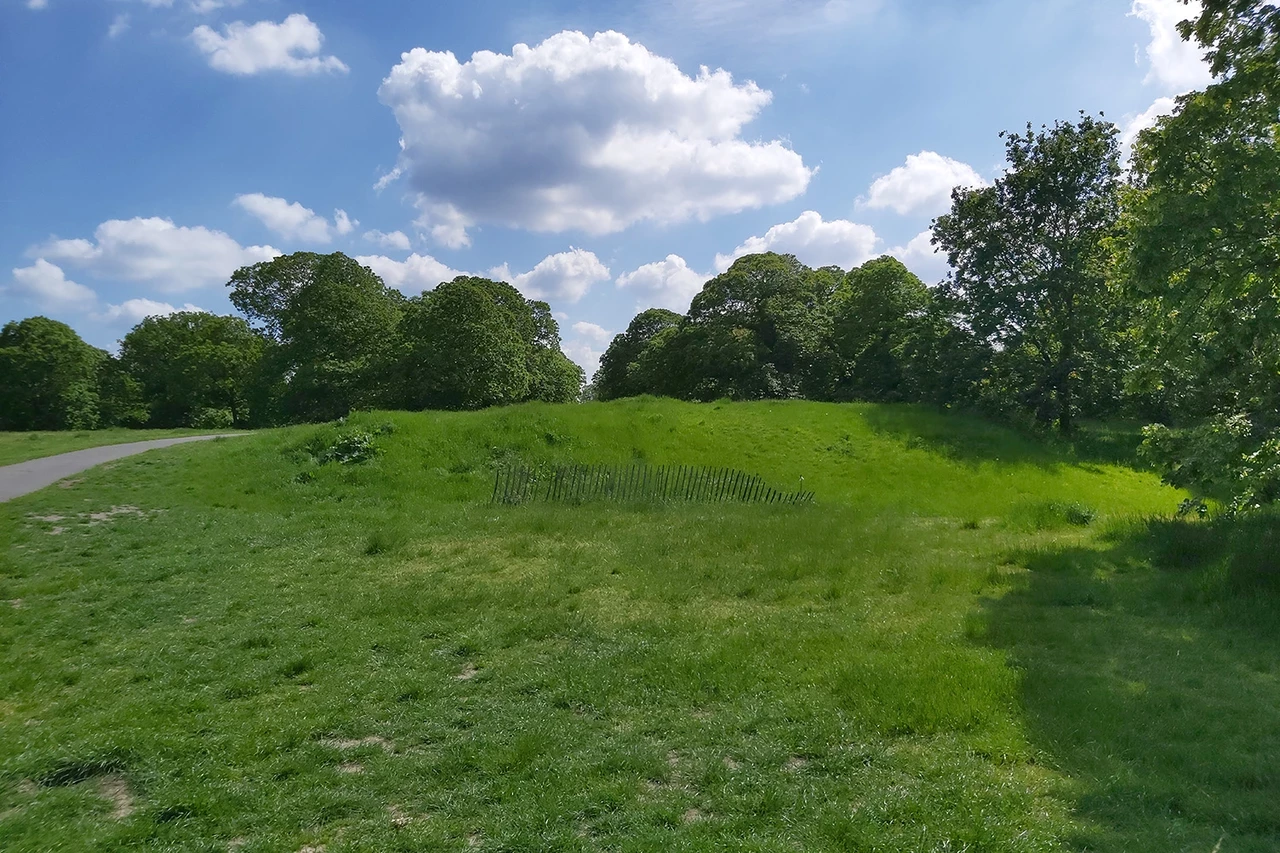
Day 3
Where are you?
I am standing near Crooms Hill Gate, looking east towards the Observatory and a series of low mounds in the landscape…
What are we looking at?
These small mounds are Anglo-Saxon barrows and almost 1500 years old! There are 31 mounds surviving in the park, but originally there may have been 40 plus! The mounds are protected nationally as Scheduled Monuments.
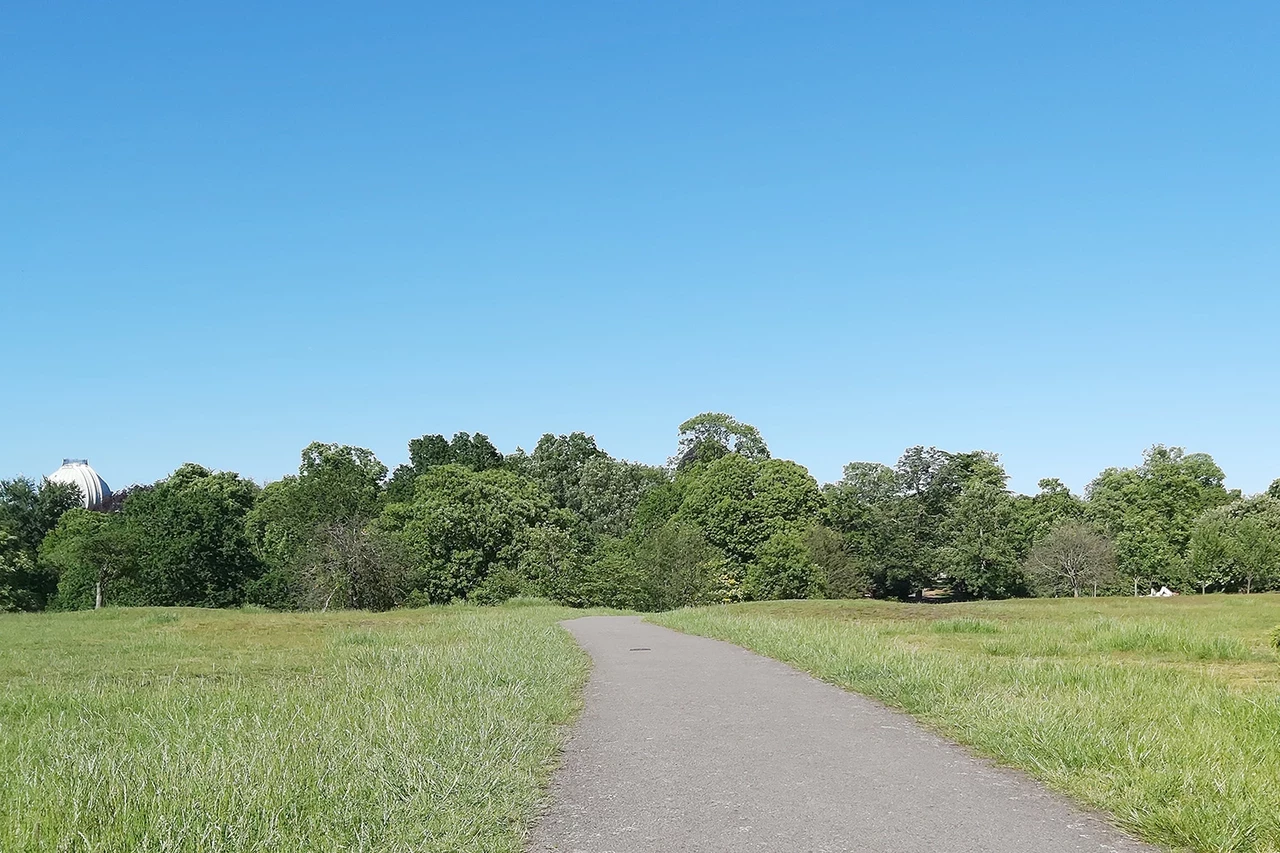
Day 4
Where are you?
Today I have ventured out of the park, to look at Crooms Hill gate in more detail!
What are we looking at?
This small pedestrian gate, is key to our understanding of the landscape on this side of the park. We want to know how old this entrance is, so if you have any information, please contact us! The main park wall is over 300 years old at this point, but the brickwork around the entrance is younger. And why do we want to know? If we can date the entrance, we can understand when the paths start to move across this part of the park and hopefully when a path is lain across our Saxon Barrow cemetery.
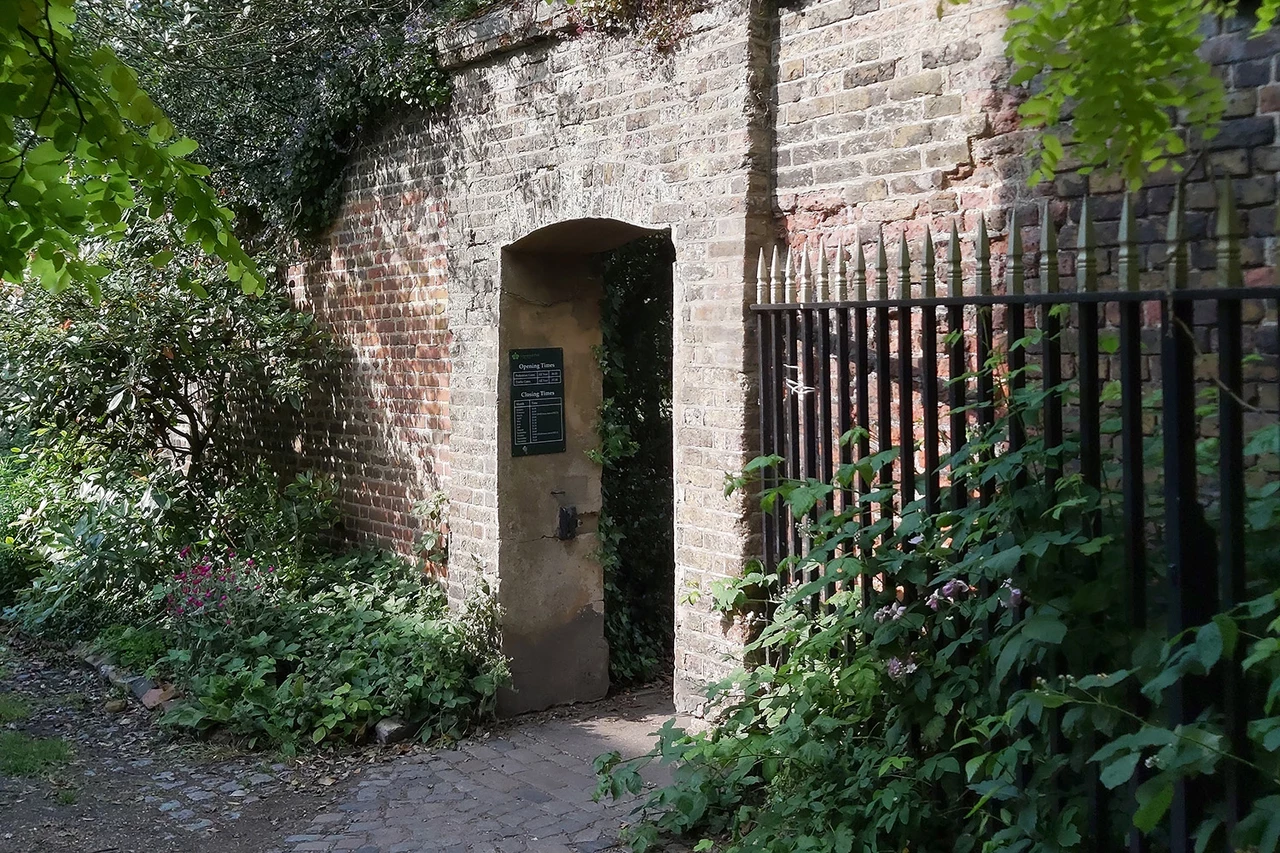
Greenwich Park Revealed is an £8m 4-year project to restore, protect, reveal and share the parks landscape and history, for all. Supported by The National Lottery Heritage Fund and The National Lottery Community Fund.
Related Articles
-
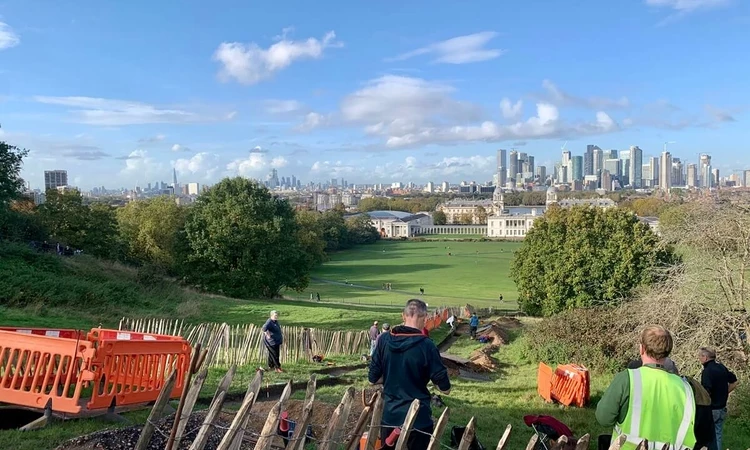 Read
ReadA dig with a grand view
Over the past few months, the archaeology team have been working on the Grand Ascent, the slope below the General Wolfe statue.
-
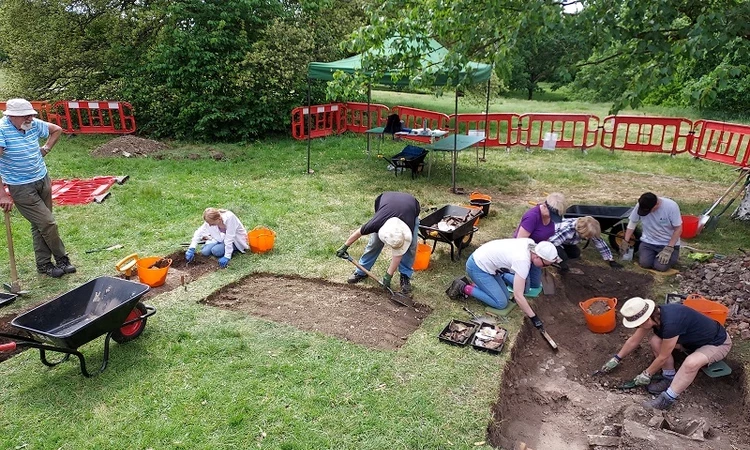 Read
ReadMagnetic observatory community dig
Community Archaeologist Andrew Mayfield organised a dig this May, to search for clues to Greenwich Park's former magnetic observatory.
-
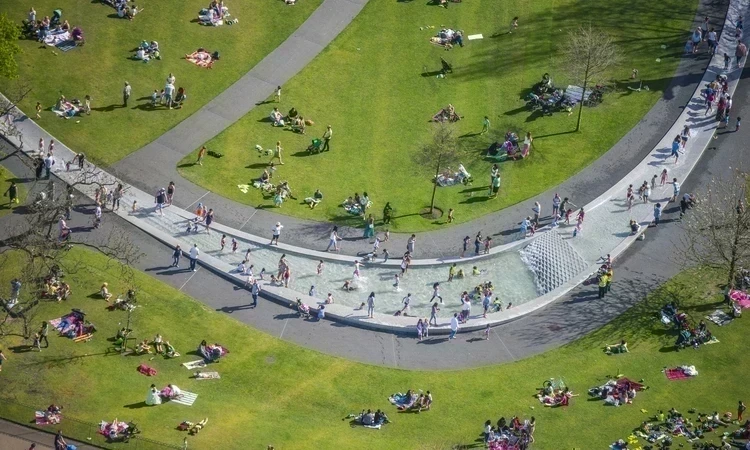 Read
ReadThe Royal Parks from above
A stunning look at some of London's Royal Parks from over 750ft in the air.

